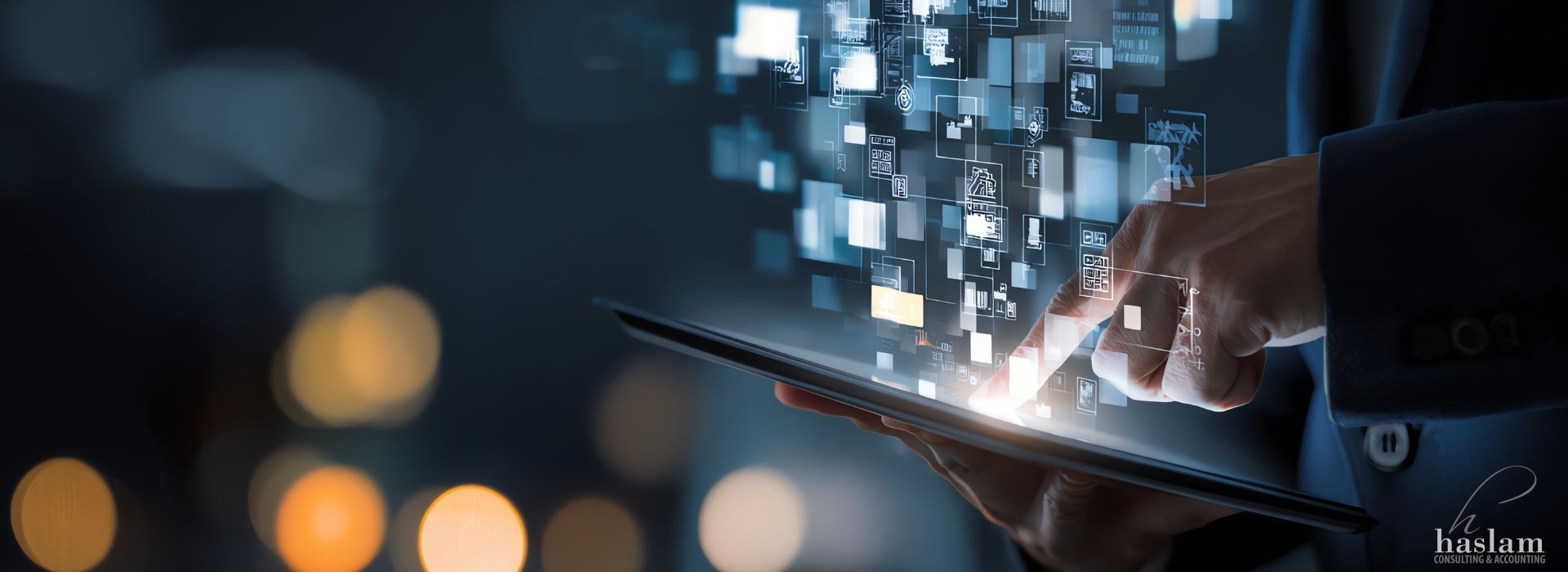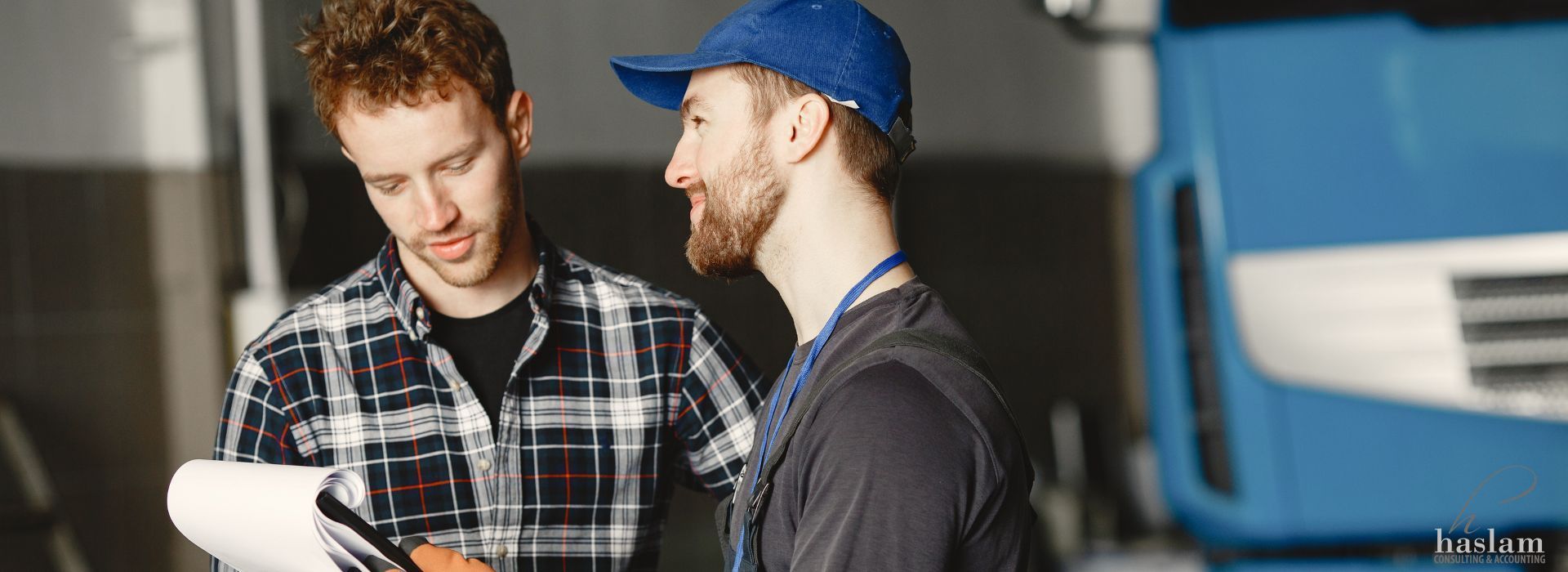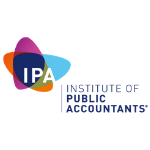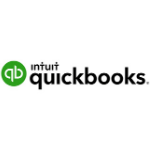What’s the Difference Between PAYGI and PAYGW?
Many people new to running a business and employing people are unsure about the difference between PAYGI and PAYGW. They are not the same thing!
PAYG stands for ‘pay as you go’. This is the means the ATO uses to obtain tax payments from both employees and business owners. Paying tax ‘as you go’ throughout the year means you don’t have to pay it all in one lump sum at the end of the tax year.
PAYG Withholding for Employees Income Tax
PAYG withholding refers to the income tax an employer withholds from employees’ gross wages to meet their personal income tax liabilities. Employers are required to remit the employees’ withheld tax to the ATO each month or quarter, with the business activity statement (BAS) or the monthly instalment activity statement (IAS).
PAYG withholding applies to payments employers make to employees, directors, office holders and labour-hire workers. PAYG can also be withheld from non-employees: contractors with a voluntary withholding agreement, some payments to foreign residents and payments to suppliers where an ABN has not been quoted.
PAYG Instalments for Business Income Tax
If you run your own business, you'll need to plan for income tax payments once you make more than the taxable threshold. PAYG instalments allow you to pay an amount towards an expected tax bill. Amounts are based on business or investment income from the previous tax year. Once you complete your tax return, the amounts already paid are offset against the total amount of tax due. You will then receive either a bill for extra tax or if you have paid too much, you will receive a refund.
Usually, when you start in business, you don't pay any tax instalments until you have completed the first year’s tax return. However, if you’re new to business, you can voluntarily enter into the PAYG instalment system to start contributing towards your next tax bill. This is worth considering if you have done better than expected in your first year!
You can pay PAYG instalments by using the ATO determined amount based on information in the last tax return (instalment amount) or using the ATO defined percentage rate applied to your income (instalment rate). The first method is the simplest; however, if your income varies a lot from one quarter to another, it may be better to use the instalment rate so you know you have put aside the correct amount based on your actual income.
PAYG Planning for Cash Flow
If you’re new to business or considering employing people soon, you’ll need to plan for PAYG instalments and possibly PAYG withholding so you can meet your ATO tax reporting and paying obligations. Planning ahead means you’ll never be caught short with cash flow difficulties.
Talk to us to learn more about income tax responsibilities as an employer and business owner.















